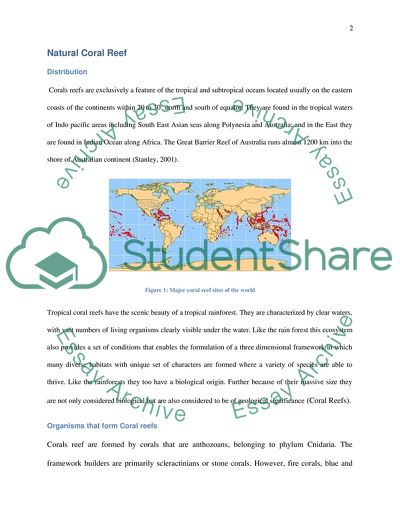Cite this document
(Natural Versus Artificial Coral Reefs Coursework, n.d.)
Natural Versus Artificial Coral Reefs Coursework. https://studentshare.org/biology/1817739-natural-vs-artificial-coral-reefs
Natural Versus Artificial Coral Reefs Coursework. https://studentshare.org/biology/1817739-natural-vs-artificial-coral-reefs
(Natural Versus Artificial Coral Reefs Coursework)
Natural Versus Artificial Coral Reefs Coursework. https://studentshare.org/biology/1817739-natural-vs-artificial-coral-reefs.
Natural Versus Artificial Coral Reefs Coursework. https://studentshare.org/biology/1817739-natural-vs-artificial-coral-reefs.
“Natural Versus Artificial Coral Reefs Coursework”. https://studentshare.org/biology/1817739-natural-vs-artificial-coral-reefs.


